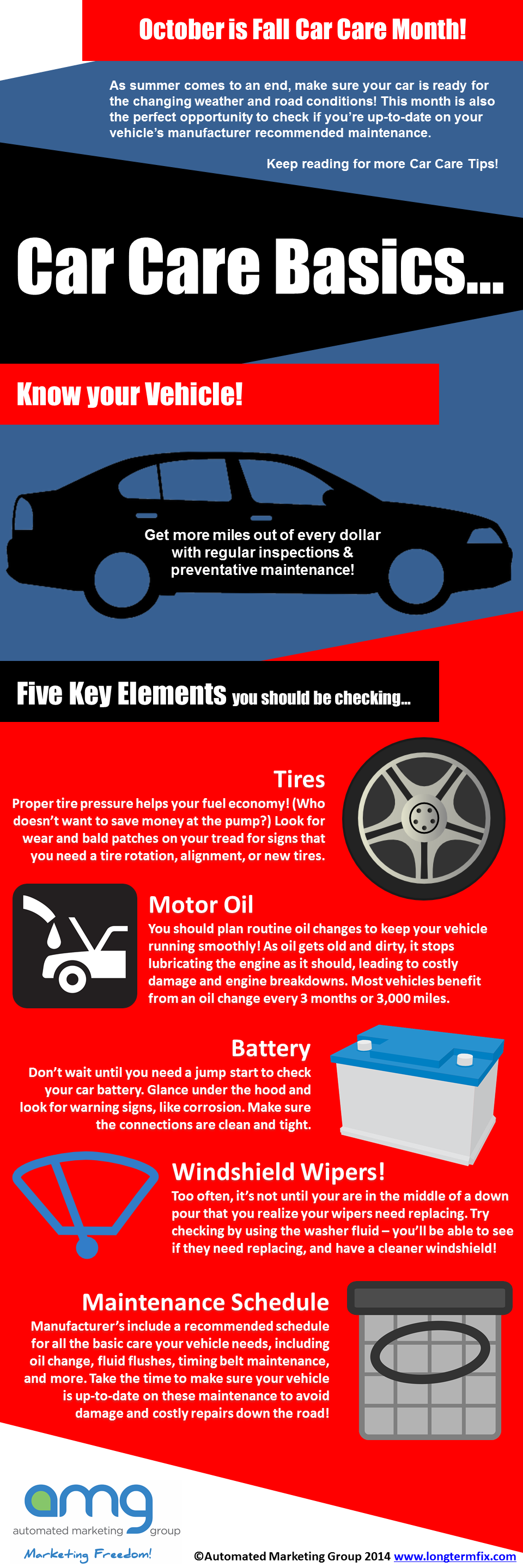Untangling The True Significance Behind Your Auto'S Warning Lighting
Untangling The True Significance Behind Your Auto'S Warning Lighting
Blog Article
Content Create By-Cheng Heath
When you're behind the wheel, those glowing caution lights on your control panel can be a little bit puzzling. Do you know what they're attempting to tell you concerning your auto's health and wellness? Comprehending the relevance of these lights is essential for your safety and the durability of your vehicle. So, the following time among those lights turns up, wouldn't you intend to analyze its message accurately and take the needed actions to address it?
Common Caution Lights and Interpretations
Recognize usual caution lights in your vehicle and comprehend their definitions to guarantee risk-free driving.
The most normal warning lights consist of the check engine light, which indicates issues with the engine or emissions system. If this light comes on, it's critical to have your lorry examined promptly.
The oil pressure alerting light suggests low oil stress, calling for instant focus to stop engine damages.
A flashing battery light might suggest a defective billing system, possibly leaving you stranded if not addressed.
The tire stress monitoring system (TPMS) light informs you to low tire pressure, impacting automobile stability and fuel efficiency. Overlooking this could bring about dangerous driving problems.
The abdominal muscle light indicates a trouble with the anti-lock braking system, compromising your capacity to quit swiftly in emergencies.
Lastly, the coolant temperature level alerting light warns of engine getting too hot, which can lead to extreme damages if not settled promptly.
Recognizing these typical warning lights will assist you address problems without delay and maintain secure driving problems.
Relevance of Prompt Interest
Understanding the typical warning lights in your automobile is only the initial step; the importance of promptly addressing these warnings can not be emphasized enough to ensure your safety and security on the road.
When a warning light illuminates on your control panel, it's your car's method of interacting a potential issue that requires attention. Neglecting these warnings can bring about a lot more extreme problems later on, jeopardizing your security and potentially costing you much more out of commission.
just click the following internet page to warning lights can prevent breakdowns and accidents. For example, a blinking check engine light might indicate a misfire that, if left neglected, could trigger damages to the catalytic converter. Resolving this immediately can save you from an expensive repair work.
In a similar way, a brake system cautioning light could signal reduced brake fluid or worn brake pads, crucial parts for your security when driving.
DIY Troubleshooting Tips
If you see a warning light on your control panel, there are a couple of DIY fixing pointers you can attempt before seeking expert assistance.
The very first step is to consult your cars and truck's guidebook to recognize what the details caution light suggests. In some cases the problem can be as basic as a loose gas cap triggering the check engine light. Tightening the gas cap may solve the trouble.
An additional common concern is a reduced battery, which can cause different cautioning lights. Examining auto mechanic shops near me for deterioration and guaranteeing they're secure could repair the problem.
If a caution light continues, you can attempt resetting it by separating the auto's battery for a few minutes and afterwards reconnecting it. Furthermore, checking auto repair near me , such as oil, coolant, and brake fluid, can assist repair warning lights connected to these systems.
Conclusion
Finally, recognizing your car's warning lights is crucial for keeping your lorry running smoothly and safely. By quickly addressing these alerts and recognizing what they indicate, you can avoid expensive repair services and potential breakdowns.
Bear in mind to consult your cars and truck's handbook for particular details on each warning light and take action appropriately to make sure a hassle-free driving experience.
Keep informed, remain risk-free on the road!
